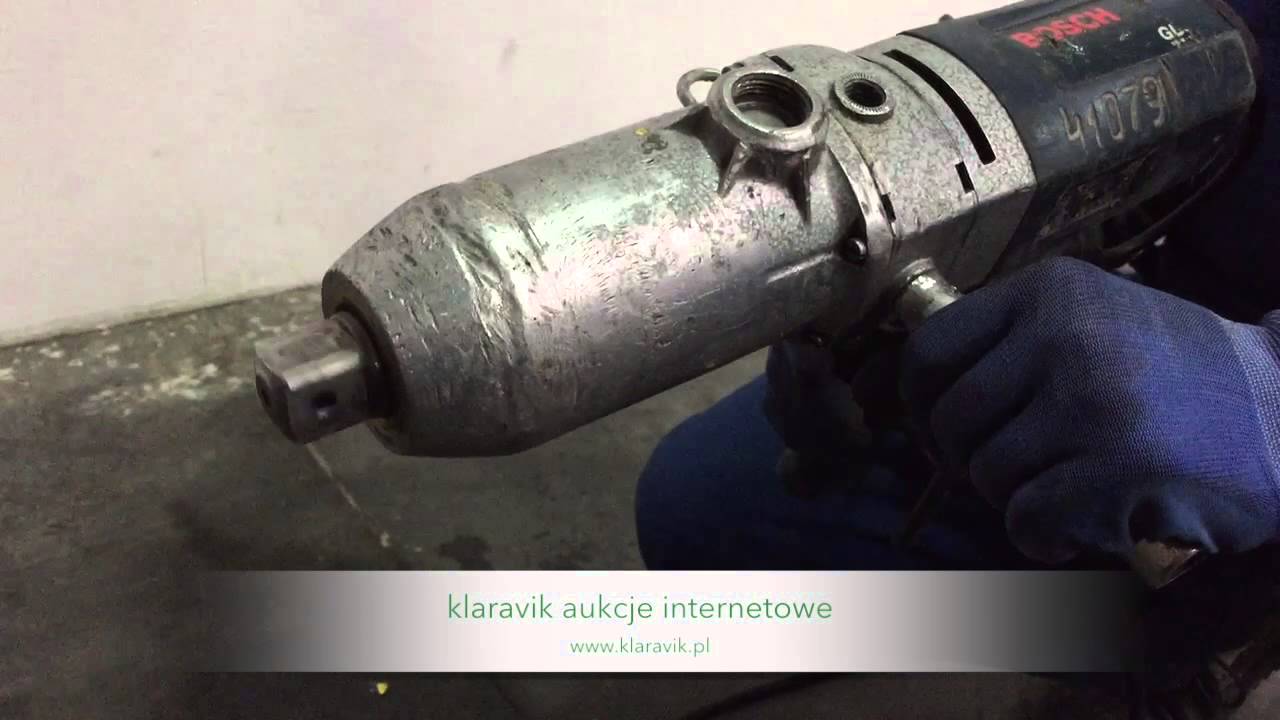Impact wrenches are powerful tools commonly used in automotive repair, construction, and industrial applications for fastening and loosening bolts and nuts. While these tools are highly efficient and effective, they also pose certain risks if not used correctly. Therefore, it’s essential to prioritize safety when operating impact wrenches to prevent accidents and injuries. In this article, we’ll discuss some important safety tips and best practices for using impact wrenches safely in various work environments.
Understanding Impact Wrench Hazards:
Before delving into safety tips, it’s crucial to understand the potential hazards associated with impact wrenches. These hazards include:
Pinch Points:
The moving parts of an impact wrench, such as the rotating socket and anvil, can create pinch points that pose a risk of injury to fingers and hands.
Flying Debris:
Impact wrenches generate high levels of torque and force, which can cause bolts, nuts, or other debris to become airborne, posing a risk of eye injuries or other bodily harm.
Recoil:
Impact wrenches can produce significant recoil or kickback when used, especially with high-torque applications. This recoil can catch users off guard and lead to loss of control or injury.
Hearing Damage:
The loud noise generated by impact wrenches can cause hearing damage if adequate ear protection is not worn during use.
Now, let’s explore some safety tips to mitigate these hazards and ensure the safe operation of impact wrenches:
Wear Personal Protective Equipment (PPE):
Always wear appropriate personal protective equipment (PPE) when operating an impact wrench. This includes safety glasses or goggles to protect your eyes from flying debris, gloves to shield your hands from pinch points and impact forces, and ear protection to prevent hearing damage from the loud noise generated by the tool.
Inspect the Impact Wrench Before Use:
Before using an impact wrench, inspect it thoroughly to ensure that all components are in good working condition. Check for any signs of damage, wear, or loose fittings that could affect the tool’s performance or safety. If you notice any issues, have the impact wrench repaired or replaced before proceeding with the task.
Choose the Right Socket and Accessories:
Select the appropriate socket size and type for the fastener you will be working with. Using the wrong socket size or type can lead to slippage, damage to the fastener or socket, and potential injury. Additionally, avoid using damaged or worn sockets, as they may not properly grip the fastener and could cause it to become stuck or fly off unexpectedly.
Secure the Workpiece Properly:
Ensure that the workpiece is securely clamped or held in place before using the impact wrench. This prevents the workpiece from moving or rotating unexpectedly during fastening or loosening operations, reducing the risk of accidents or injuries.
Maintain Proper Body Positioning:
Maintain a stable and balanced stance when operating an impact wrench. Stand with your feet shoulder-width apart and distribute your weight evenly to provide stability and prevent loss of balance. Position yourself so that you have a clear line of sight to the work area and can maintain control of the tool throughout the operation.
Control the Tool with Both Hands:
Always grip the impact wrench firmly with both hands when operating it. Use one hand to hold the tool’s handle or grip and the other hand to support and guide the tool as needed. This provides better control and stability, reducing the risk of accidental slippage or loss of control during use.
Avoid Excessive Torque:
Exercise caution when applying torque with an impact wrench, especially when working with delicate or fragile materials. Avoid using excessive force or over-tightening fasteners, as this can cause damage to the workpiece or lead to stripped threads, bolt failure, or other issues.
Use the Impact Wrench in a Well-Ventilated Area:
Whenever possible, use the impact wrench in a well-ventilated area to reduce exposure to exhaust fumes and airborne contaminants generated during use. Proper ventilation helps maintain a safe and healthy work environment and reduces the risk of respiratory irritation or illness.
Follow the Manufacturer’s Instructions and Guidelines:
Always follow the manufacturer’s instructions and guidelines for the safe operation of the impact wrench. Familiarize yourself with the tool’s features, functions, and recommended operating procedures to ensure safe and effective use. If you have any questions or concerns, consult the tool’s user manual or contact the manufacturer for clarification.
Keep Others Away from the Work Area:
Maintain a clear and unobstructed work area when using an impact wrench. Keep bystanders, coworkers, and other individuals at a safe distance from the work area to prevent accidents or injuries caused by flying debris, recoil, or other hazards associated with impact-wrench operation.
Final Thoughts:
By following these safety tips and best practices, you can minimize the risk of accidents and injuries when using impact wrenches in your work environment. Prioritizing safety not only protects you and your coworkers but also helps ensure efficient and productive operations without unnecessary disruptions or incidents. Always exercise caution, use common sense, and adhere to established safety protocols when operating any power tool, including impact wrenches.



